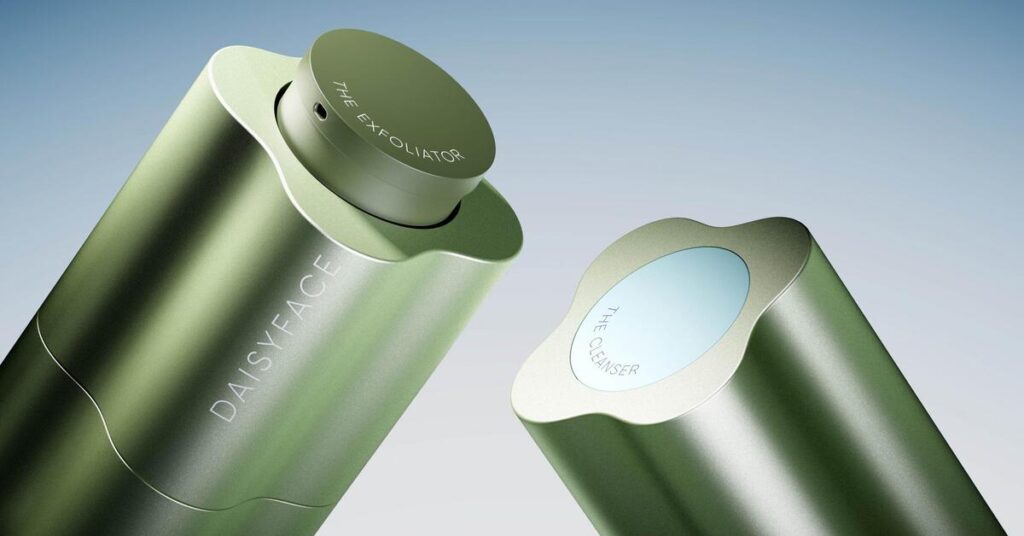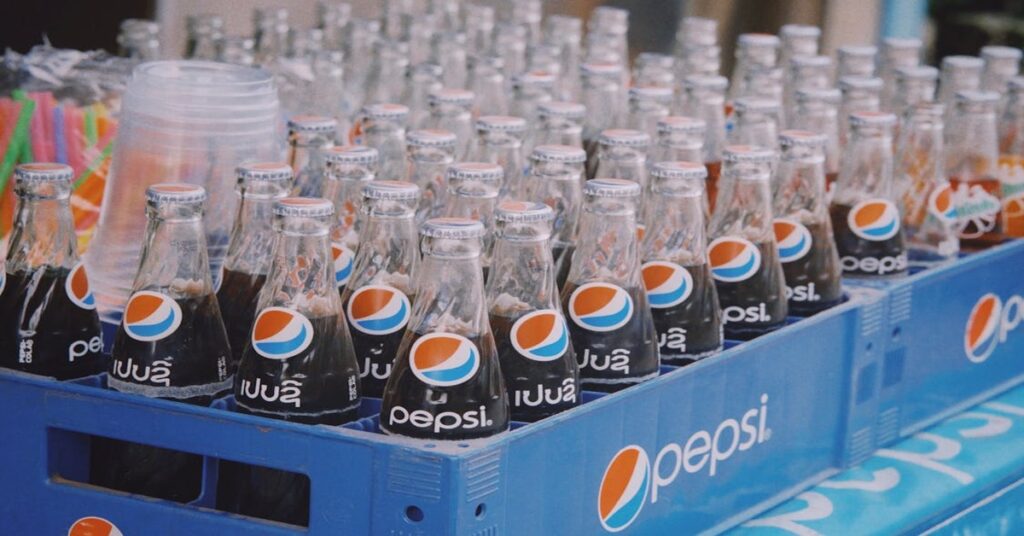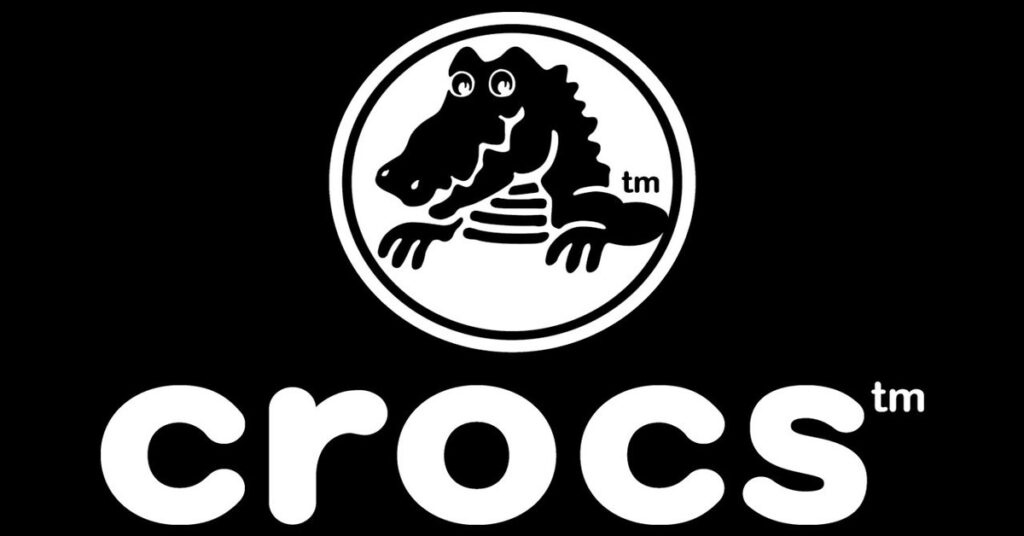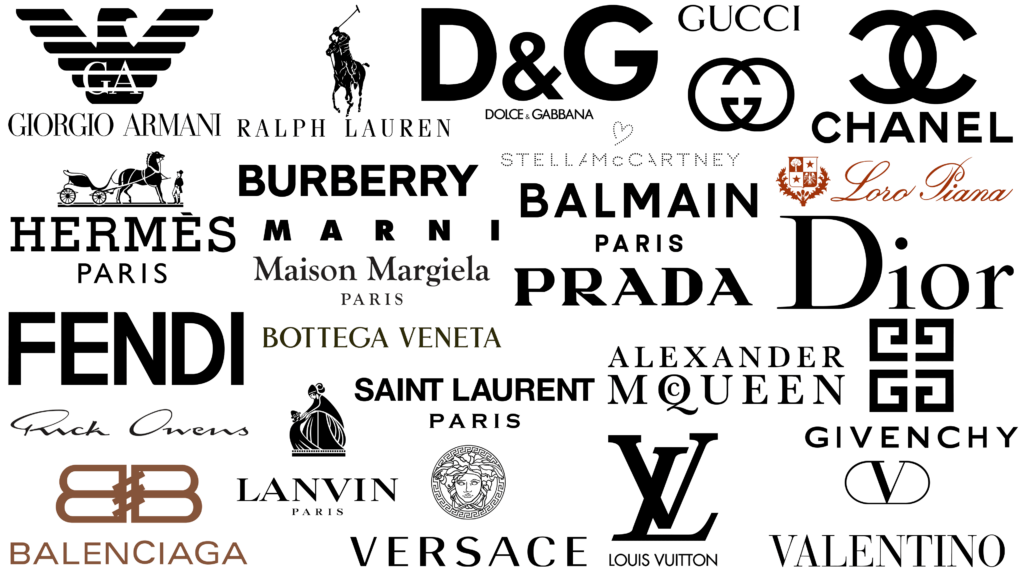Nestle seeks to improve the sustainability of the millions of pounds of packaging material it uses each year in its products. As such, the world’s largest food and beverage company has vowed to have 95 per cent of its plastic packaging be recyclable by 2025.
It also aims to achieve net zero greenhouse gas emissions by the middle of the century. The majority of Nestle’s CO2 emissions come from the sourcing of ingredients, like dairy and 12 per cent from packaging.
Nespresso Brand
Nestle came up with Nespresso to create shared value for its customers, the farmers the company works with and society as a whole. Gerhard Niederreiter, R&D Manager at Nestle, said the company formed the Institute of Packaging Science in 2019 to help the brand meet its very ambitious packaging commitments. The institute worked hard to overcome challenges, including making sure the shape was compatible with the Nespresso platform, which paper packaging brings while maintaining the same quality and taste consumers expect from the brand.
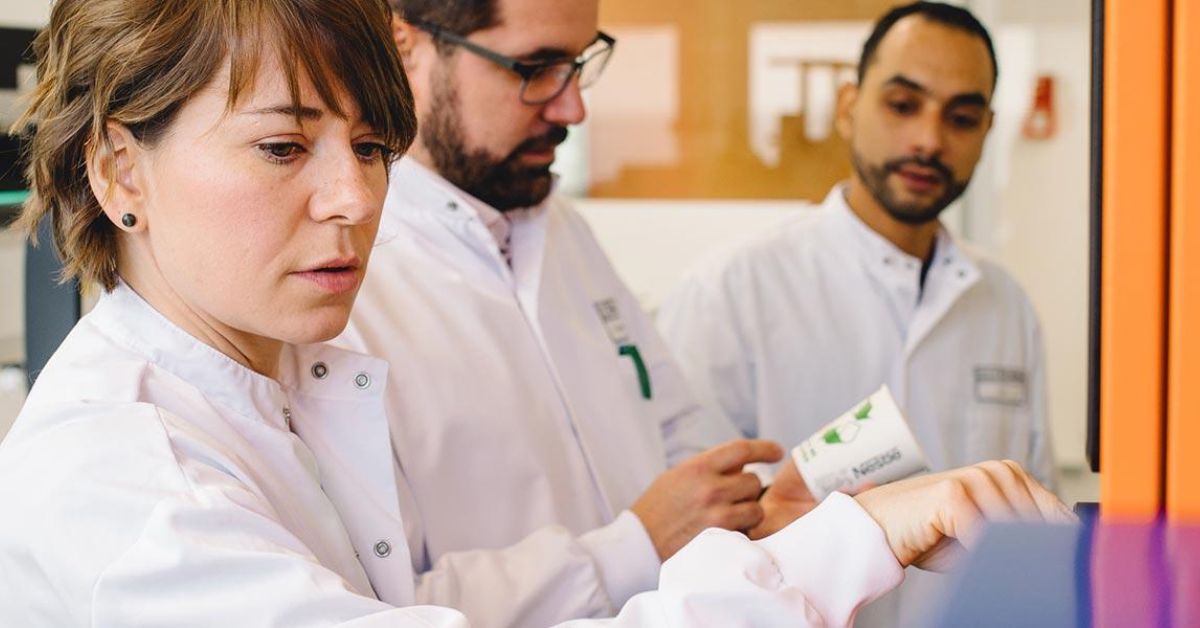
sustain
It made sure that the capsules were properly filled and sealed in the factory, and complied with strict food safety and regulatory standards. The paper-based pods will be tested in France and Switzerland this spring. Nestle wants the pods to complement its recyclable aluminium ones by giving consumers choices. Sustainability
Irina Siminenco, Corporate Affairs Manager, Nestle Romania, said coffee quality is paramount. “But equally important is the sustainability of the growing process and achieving zero net greenhouse gas emissions, and this programme complements the many actions Nestle has initiated.”
The company has reduced its use of virgin plastic by 10.5 per cent, compared to its 2018 baseline.
